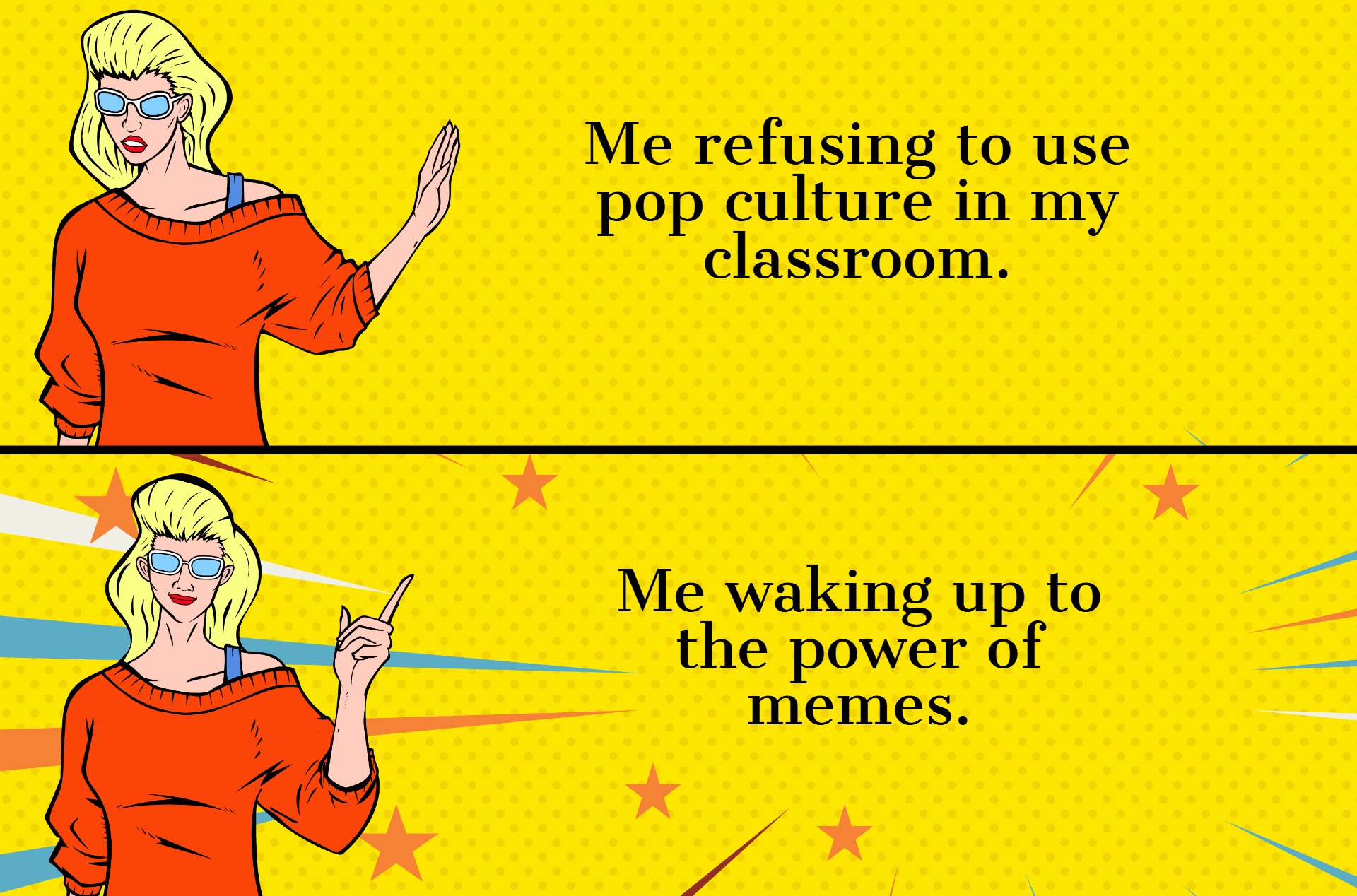How to become a more versatile writer
In the first of this two-part series, the author explores the importance of developing the writing skillset that will serve you in the future.

One line of criticism levelled at graduate studies is based on the contention that specialization — or overspecialization as some might view it — hampers the ability of graduate students to secure meaningful work outside of academia. While typically used in the context of research expertise, the broader point about specialization could also apply to the form of writing that graduate students are expected to adopt in order to progress through their programs. Just as it is possible to overspecialize in a particular area of research, one could also overspecialize in a particular area of writing.
This overspecialization in academic writing could hold graduate students back professionally, unless they choose to develop what might be termed as writing versatility — a highly valued writing skill set in professional careers outside of academia. This skill set allows writers to modify their writing style in ways best suited to the situation and audience. Developing such a skill set translates into becoming stronger writers by acquiring the adaptability needed to respond effectively to the expectations of different audiences. For graduate students planning to pursue careers outside of academia, becoming versatile writers is vital.
Different forms of writing enforce each other
While focusing solely on academic writing is a perfectly rational decision to make as a graduate student (given that this represents one of the most pressing needs), it is important to consider that becoming a more versatile writer need not come at the expense of academic writing skills.
While academic writing conventions are indeed different from those used in other forms of professional writing, familiarity with academic writing would arguably make the process of learning other forms of writing easier. This is the case because graduate students have already been through the stages of learning a new writing form which, in most instances, involves observing those conventions in academic articles, applying them in one’s own writing, and adapting them for one’s own purposes.
For example, graduate students are trained to adopt academic organizational conventions intended to persuade readers of the validity of a given point. In those forms (typically the academic article), the general convention dictates that the methods section takes precedence over the findings section in terms of both organization and significance. If similar content were to be expressed in a different situation, such as a workplace issue needing quick resolution, and through a different form, such as an informational report, a different organizational convention would need to apply.
The authors of the guidebook Writing Reports to Get Results call the first “the climatic pattern” and the second “the pyramid scheme.” When adopting the pyramid scheme as an organizational pattern, “making the point” takes precedence over how the author arrived at that point. This, of course, would not be the case in an academic article where a thorough demonstration of how the author arrived at their conclusion is not only necessary but carries greater weight as it would be critical to whether the reader would be ready to accept the conclusion.
Graduate students who are trained to apply the first convention effectively can train themselves to use the second if they make a deliberate effort to become familiar with the expectations of a different audience and the conventions of a different form. This familiarity makes it easier for writers to undertake this shift in focus, thus ensuring they deploy the appropriate organizational convention.
Advice for graduate students
If you are currently completing a graduate program, you should consider setting aside some time to enhancing your versatility as a writer. This involves becoming acquainted with both the conceptual differences between the writing style common in your discipline and the style used in the professional context(s) you might explore in the future. You will find significant overlap in the stylistic choices common in many of these professional contexts if you explore multiple fields. These stylistic choices will likely include similar elements related to concision, tone, word choice, length of sentences, structure of paragraphs, and organizational patterns. This overlap makes the process of gaining familiarity with diverse writing forms relatively manageable.
Part two of this article will go over these conceptual differences and offer concrete steps graduate students can take to enhance their writing versatility.
Featured Jobs
- Business – Lecturer or Assistant Professor, 2-year term (Strategic Management) McMaster University
- Canada Excellence Research Chair in Computational Social Science, AI, and Democracy (Associate or Full Professor)McGill University
- Veterinary Medicine - Faculty Position (Large Animal Internal Medicine) University of Saskatchewan
- Psychology - Assistant Professor (Speech-Language Pathology)University of Victoria














Post a comment
University Affairs moderates all comments according to the following guidelines. If approved, comments generally appear within one business day. We may republish particularly insightful remarks in our print edition or elsewhere.